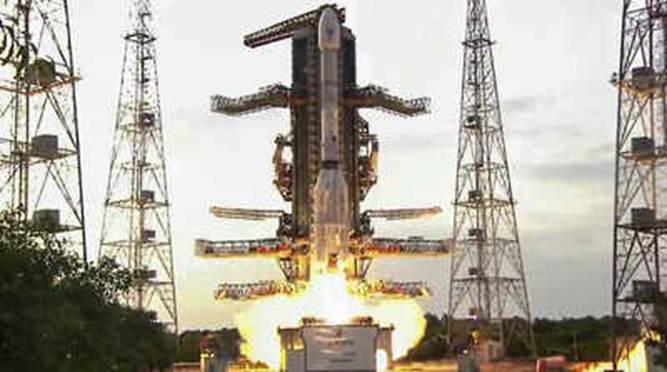Key Points
- Launched on: July 30, 2025
- Launch site: Satish Dhawan Space Centre, Sriharikota, Andhra Pradesh
- Rocket used: GSLV-F16 (Geosynchronous Satellite Launch Vehicle)
Relevance : GS 3(Space , Science and Technology)

What is NISAR?
- Full Form: NASA-ISRO Synthetic Aperture Radar
- Type: Earth Observation Satellite
- Weight: 2,392 kg
- Orbit: Sun-synchronous orbit
- Mission Life: 5 years
- Launch Milestone: First time GSLV launched a satellite into a sun-synchronous orbit
Joint Venture
- Agencies Involved:
- NASA (USA): Built L-band SAR, radar boom, reflector, and payload
- ISRO (India): Developed S-band SAR, satellite bus (I3K), solar panels, and launched the mission
Technical Highlights
- Radar Type: Dual-frequency Synthetic Aperture Radar (SAR)
- NASA’s L-band + ISRO’s S-band
- Unique Feature:
- Uses NASA’s 12-metre unfurlable mesh reflector antenna
- Scans Earth every 12 days, in all weather and day-night conditions
- Swath: 242 km, with high spatial resolution
- Tech: SweepSAR, detects tiny surface changes
Applications
- Monitoring ground deformation, ice movement, vegetation dynamics
- Mapping soil moisture, surface water, farmlands
- Assisting disaster response (earthquakes, floods, landslides)
- Tracking sea ice, ships, shorelines, storms
Mission Phases
- Launch Phase – Completed by GSLV-F16
- Deployment Phase – Begins Day 10 post-launch; 12-metre antenna to unfold
- Commissioning Phase – Tests and calibrations
- Science Phase – Full operation begins



